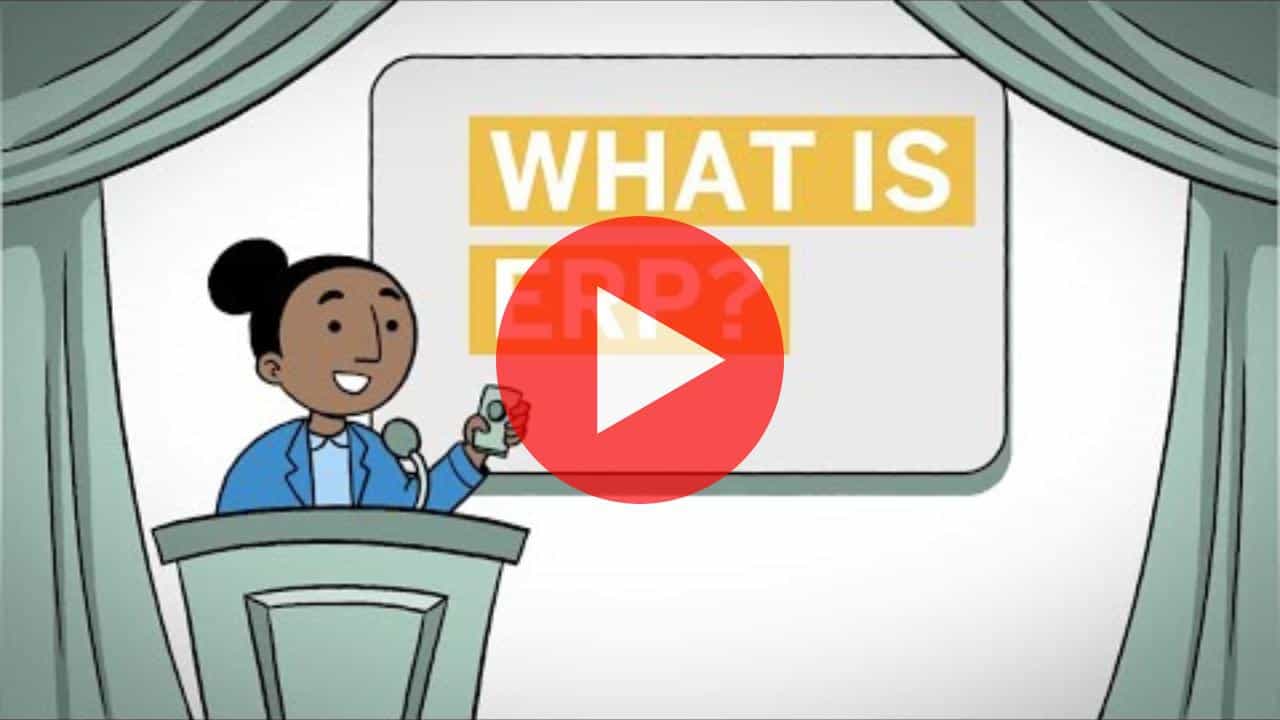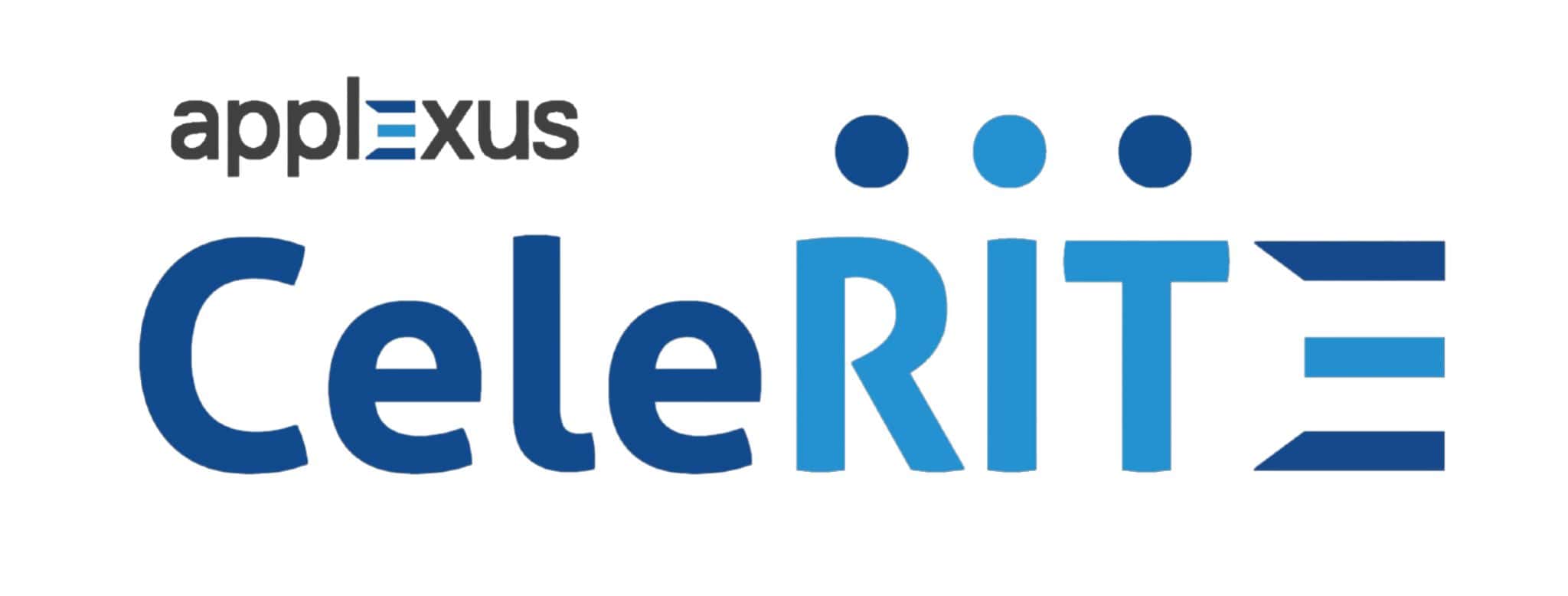What is an ERP System?
Standing for enterprise resource planning, ERP is an IT solution that came to fruition in the 1990s. These systems can trace their origins back to MRP (manufacturing resource planning) systems as they became increasingly complex throughout the 1970s and 1980s. They aim to integrate and align disparate business processes (HR, procurement, finance, etc.) into one place where they can be easily managed. Accordingly, it behoves an organisation to store all – or at least a vast majority – of their data in the ERP system. Hence, this will allow it to fully utilise a single version of the truth, a keystone concept espoused by SAP to provide as few points of disagreement as possible across the business’ operating systems. Consequently, they arm your company with the automation and business intelligence essential for the efficacious running of all business operations.

ERP systems are composed of a conglomeration of core components and are now enhanced by new technologies such as AI, cloud computing, and business networks.
Timeline of ERP by SAP

As one of the paramount innovators of the technology, SAP is a world leader in ERP solutions. Due to this, they have become the world’s largest and most profitable non-US software company. They have continuously innovated and improved their products accordingly with concurrent business challenges, technological advances, and trends. SAP S/4HANA represents 50 years of collective knowledge and improvements in IT systems as well as the company’s first significant overhaul in their core solution since SAP R/1 in 1972.










